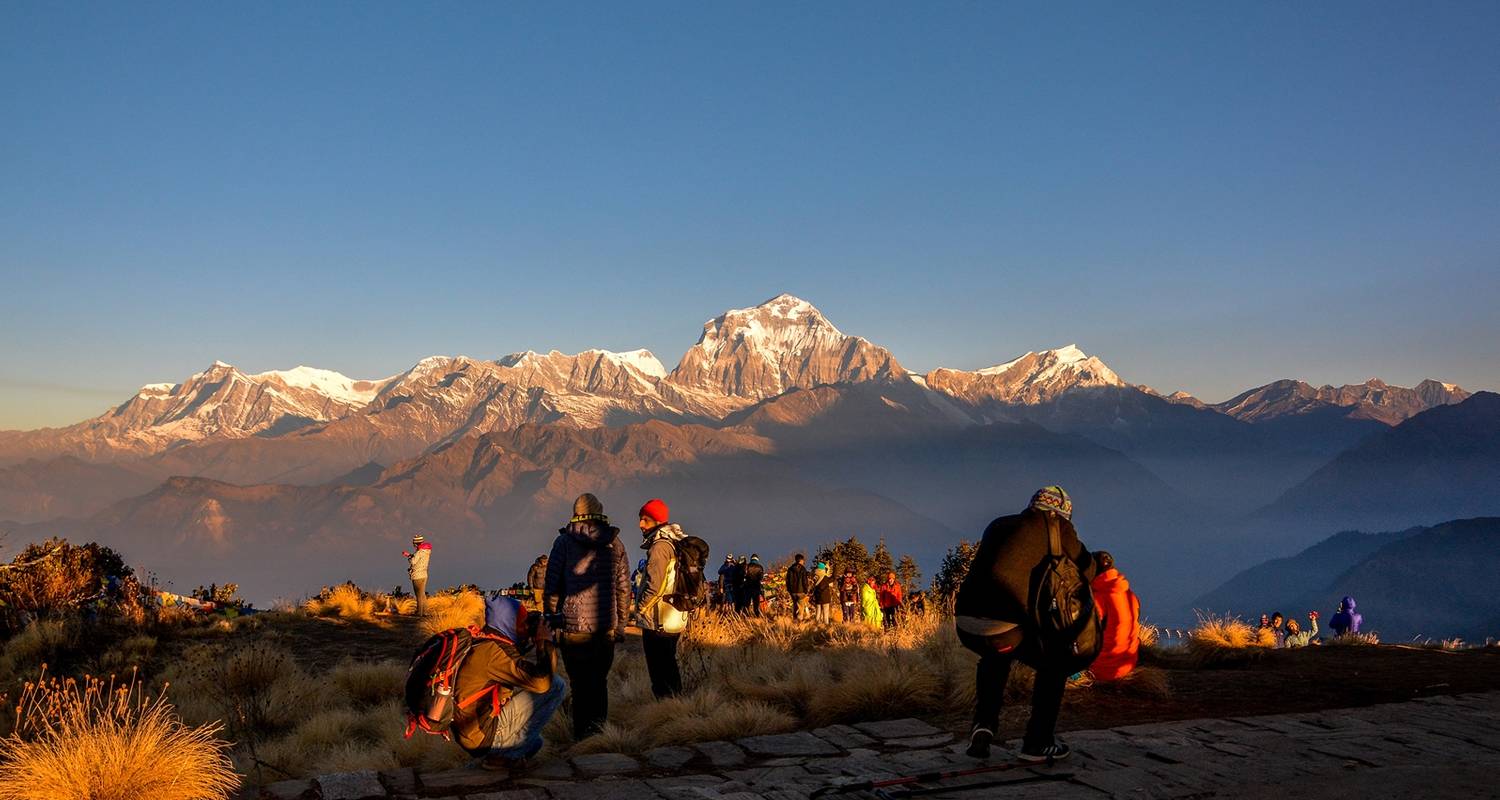Why are Sivalik Hills So Prominent?
Unveiling the Geological Splendor: Decoding the Enigma of Sivalik Hills
Sivalik Hills

The Sivalik Hills, also referred to as the Shivalik Hills and Churia Hills, stand as a monumental geological feature in the vast expanse of the Indian subcontinent. Stretching over approximately 2,400 kilometers from the Indus River to the Brahmaputra River, these majestic hills form the outermost boundary of the Himalayan mountain range. In this comprehensive exploration, we delve into the reasons behind the prominence of the Sivalik, uncovering their geological, ecological, and cultural significance that has captivated the imagination of explorers and scholars for centuries.
The Geological Marvel of Sivalik Hills:
Formation and Structure:
The Sivalik Hills owe their prominence to their unique geological formation, which dates back millions of years. These hills are part of the outer Himalayas, characterized by a series of parallel ranges and valleys that stretch across the northern parts of the Indian subcontinent. The geological structure of the Sivalik is predominantly composed of sedimentary rocks, including sandstone, shale, and conglomerates, which have been uplifted and folded over time due to tectonic forces.
Role in Himalayan Evolution:
The Sivalik Hills play a crucial role in the geological evolution of the Himalayas, serving as a transitional zone between the young, actively rising mountain ranges of the inner Himalayas and the older, eroded ranges of the outer Himalayas. The upliftment of the Sivalik is attributed to the ongoing collision between the Indian and Eurasian tectonic plates, which has resulted in the gradual rise of the Himalayan mountain range over millions of years.
Ecological Diversity and Importance:
Biodiversity Hotspot:
The Sivalik Hills are renowned for their rich biodiversity, harboring a diverse array of flora and fauna within their varied ecosystems. From dense forests teeming with wildlife to fertile plains and meandering rivers, the Sivalik region supports a wide range of habitats that sustain numerous endemic and endangered species. The hills serve as vital corridors for wildlife migration and genetic exchange, contributing to the overall ecological health of the region.
Watershed Management:
The Sivalik Hills play a critical role in regulating the flow of rivers and streams that originate from the Himalayas, serving as important watershed areas for the Indian subcontinent. The rivers that flow from the Sivalik region provide water for irrigation, drinking, and industrial purposes to millions of people across northern India, Nepal, and Bhutan. Effective watershed management and conservation efforts are essential to ensure the sustainable use of water resources in the Sivalik region.
Cultural and Historical Significance:
Cultural Heritage:
The Sivalik Hills are steeped in cultural heritage, with a rich tapestry of history, mythology, and traditions that have shaped the lives of people living in the region for millennia. The hills are dotted with ancient temples, monasteries, and archaeological sites that bear testimony to the vibrant cultural legacy of the Indian subcontinent. Pilgrims and travelers flock to these sacred sites to seek blessings and immerse themselves in the spiritual ambiance of the Sivalik region.
Archaeological Discoveries:
The Sivalik Hills have been the site of numerous archaeological discoveries, including prehistoric tools, fossils, and artifacts that provide valuable insights into early human civilizations and their interactions with the environment. Excavations in the Sivalik region have revealed evidence of ancient settlements, cave dwellings, and rock art dating back thousands of years, shedding light on the cultural and social dynamics of ancient societies.
Conclusion:
In conclusion, the prominence of the Sivalik Hills can be attributed to their geological, ecological, and cultural significance that spans millions of years of Earth’s history. From their role in the geological evolution of the Himalayas to their importance as biodiversity hotspots and cultural heritage sites, the Sivalik continue to captivate the imagination of scientists, conservationists, and travelers alike. As stewards of this precious natural and cultural heritage, it is our collective responsibility to conserve and protect the Sivalik region for future generations to cherish and enjoy.
Know More about Sivalik Hills.
What Are The Tourist Places Nearest to Sivalik Hills?
When Were Sivalik Hills Formed?
Where Are Sivalik Hills Located?
Who Discovered Sivalik Hills?
How to Reach Sivalik Hills?




